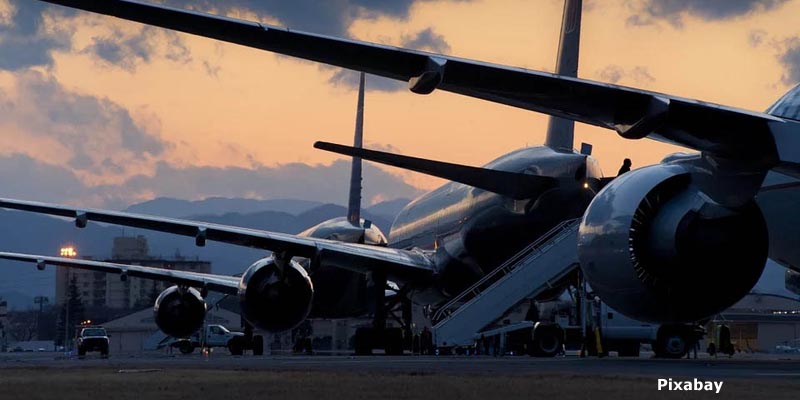The airline industry cannot afford to wait for a vaccine. That’s the message from David Powell, chief medical advisor to the International Air Transport Association (IATA).
See also: IATA: “We are concerned about Argentina becoming another Venezuela”.
In addition to protective masks, regular hand washing and disinfection of high contact surfaces, airlines should work with regulators to introduce reliable coronavirus testing systems for passengers before boarding, to get people back on the air.
“The ideal protection is to avoid people who are contagious,” Powell said in an interview with Bloomberg News. “We need a test that is reliable and fast enough and can be done in large numbers.
See also: IATA calls on travelers to wear masks during flights.
Right now, this is a difficult task. Manufacturers around the world are doing their best to meet the demand for covid-19 test kits. And the multiple tests that exist can often create more confusion than certainty.
Last month, a dispute broke out between Singapore and China after the latter found contagious passengers on a flight from the island nation. Singapore said most of the people in question had recovered, but “they may continue to shed viral fragments for weeks or even months,” leading to a positive result.
Since almost no one is traveling for business or pleasure, airlines are doing everything in their power to prevent the collapse. IATA, which represents 290 operators worldwide, has said it does not expect passenger traffic to recover until at least 2024, and estimates that airlines will lose more than US$84 billion this year alone.
As SARS-CoV-2 scientists’ knowledge develops, the medical profession’s position has changed. In early February, when covid-19 was still a big question in most people’s minds, Powell said the best way to avoid infection was to wash your hands often rather than wear a mask. In May, the recommendation to wear face shields was universal.
“We recognize that a percentage of covid cases may be asymptomatic,” Powell said earlier this week. “That’s the reason for that change in posture.
Líder en noticias de aviación
